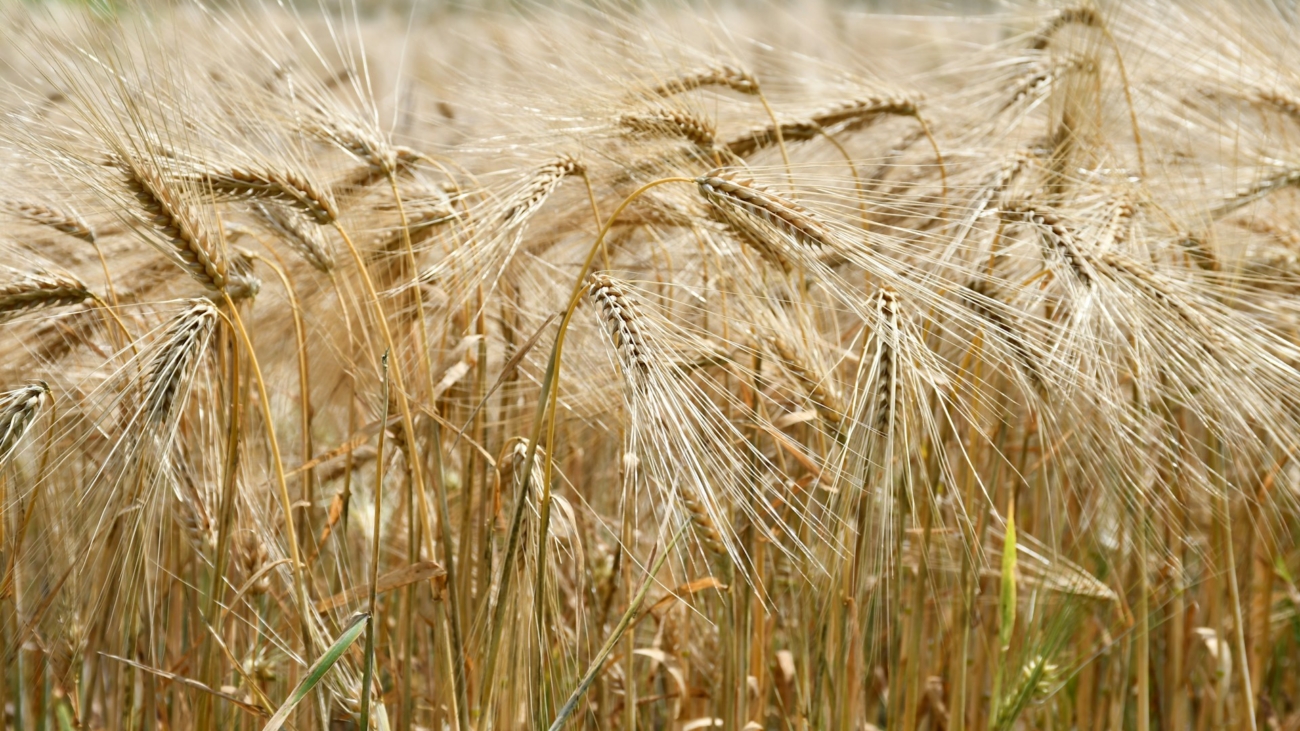The Critical Nature of Grain Production in India
Food Security
Grains such as rice, wheat, and maize are staple foods for the majority of India’s population. Ensuring a stable and sufficient supply of these grains is essential for preventing hunger and malnutrition. Any disruption in grain production can lead to significant food shortages and price volatility, affecting the most vulnerable segments of society.
Economic Stability
Agriculture is a major contributor to India’s GDP, and grain production plays a significant role in this sector. Millions of farmers depend on grain cultivation for their livelihoods. Fluctuations in grain production due to climatic factors can have far-reaching economic consequences, including loss of income for farmers and increased import costs for the country.
Key Challenges in Grain Production
Climate Change and Unpredictable Rains
Climate change has led to erratic weather patterns, including unpredictable and insufficient rainfall, which can severely impact grain yields. Droughts, floods, and extreme temperatures pose significant risks to grain crops.
Soil Degradation
Intensive farming practices and overuse of chemical fertilizers have led to soil degradation, reducing the fertility and productivity of agricultural land. Maintaining soil health is crucial for sustainable grain production.
Pest and Disease Infestations
Grain crops are susceptible to various pests and diseases, which can cause significant yield losses. Effective pest and disease management is essential to protect crops and ensure high yields.
Strategies for Sustainable Grain Production
Smart Storage Solutions
Smart storage technologies can help hedge against the impacts of bad climate by preserving grain quality and preventing losses.
- Climate-Controlled Storage: Facilities with climate control systems can maintain optimal temperature and humidity levels, preventing spoilage and pest infestations.
- Automated Monitoring Systems: IoT-enabled sensors can monitor storage conditions in real-time, alerting farmers to any issues that need immediate attention.
- Centralized Storage Facilities: Establishing centralized storage facilities with advanced technology can reduce post-harvest losses and improve the distribution of grains during periods of shortage.
Large-Scale Production Methods
Implementing modern agricultural practices and technologies can enhance grain production efficiency and resilience.
- Precision Farming: Precision farming techniques use GPS, sensors, and data analytics to optimize planting, fertilization, and irrigation, ensuring efficient use of resources and maximizing yields.
- Drought-Resistant Varieties: Developing and cultivating drought-resistant grain varieties can help farmers cope with water scarcity and ensure stable production even in adverse weather conditions.
- Integrated Pest Management (IPM): IPM combines biological, mechanical, and chemical methods to control pests and diseases, reducing reliance on harmful pesticides and promoting sustainable farming practices.
Insurance and Risk Management
Crop insurance can provide financial protection to farmers against the risks posed by climate change and other factors.
- Weather-Based Insurance: Weather-based insurance schemes compensate farmers for losses due to adverse weather conditions, providing a safety net and encouraging investment in grain production.
- Yield-Based Insurance: Yield-based insurance schemes compensate farmers for low yields, ensuring income stability and promoting resilience against climate variability.
Predictive Data Models for Optimizing Agricultural Practices
Data-driven approaches can enhance decision-making and improve the efficiency of grain production.
- Predictive Forecasting: Machine learning models can analyze historical weather data and current climatic conditions to predict optimal planting and harvesting times, helping farmers make informed decisions.
- Fertilization and Pest Control Optimization: Data analytics can determine the best times for fertilization and pest control based on crop growth stages and environmental conditions, ensuring effective and efficient use of inputs.
- Remote Sensing and Satellite Imagery: Remote sensing technologies and satellite imagery can monitor crop health and soil conditions, providing valuable insights for timely interventions and improving overall productivity.
Conclusion
Grain production in India faces significant challenges due to climate change and unpredictability in weather patterns. However, by adopting smart storage solutions, modern agricultural practices, effective insurance schemes, and data-driven approaches, the country can enhance the resilience and sustainability of its grain production systems. Ensuring food security and economic stability requires a multifaceted strategy that leverages technology and innovation while supporting farmers in their efforts to adapt to changing climatic conditions. As India continues to advance in its agricultural capabilities, the integration of these strategies will be crucial for maintaining a stable and prosperous grain production sector.

